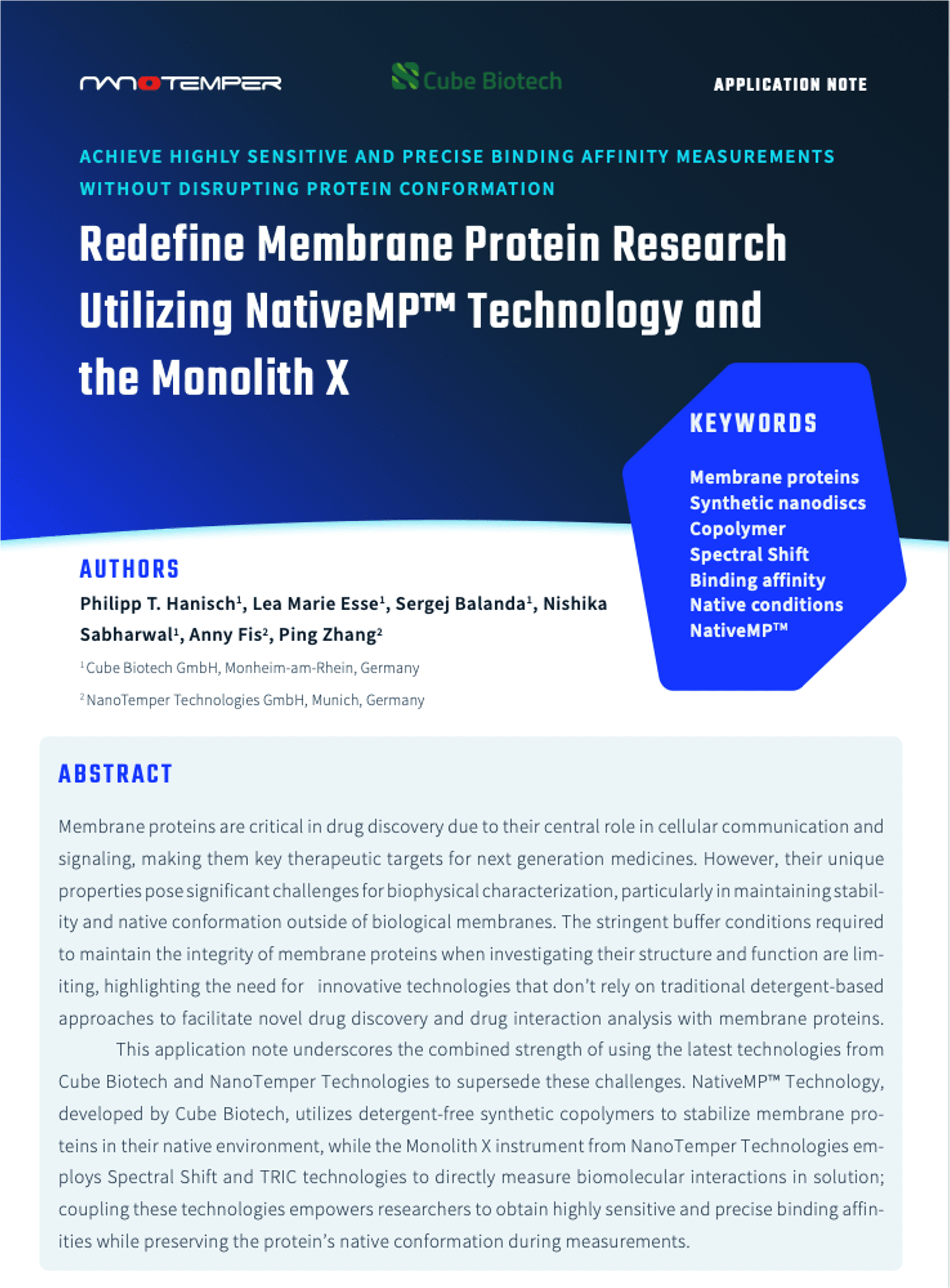
Cut, burn and poison (meaning surgery, radiation therapy and chemotherapy) have been the traditional and often non-targeted treatments to deal with cancer. However, in the past few years, revolutionary drugs known as “immune checkpoint inhibitors” have emerged as a completely new way of treating this disease. These drugs work by releasing the brakes that cancer cells put on the immune system so it can’t fight back, therefore robbing cancer of an important mechanism of evading the immune response aimed to destroy it.
Immune checkpoint blockade has proven to be an effective strategy against cancer, leading to U.S. FDA approval of various checkpoint inhibitors to treat numerous cancers. However, given the fact that many patients still don’t respond to these treatments, big pharmaceutical companies have invested billions of dollars to further improve them. How? By combining them with partner drugs to boost their effects.
So far, the “hottest” target of these partner drugs is IDO1, an enzyme that catalyzes a key reaction that helps tumors evade immune surveillance. The quest for novel IDO1 inhibitors is still open after the failure of the front-runner inhibitors (Epacadostat) during Phase III trial last year.
In this webinar, Antonio Macchiarulo and Alice Coletti show a fragment-based screening campaign using a combination of MicroScale Thermophoresis (MST) and NMR for the discovery of next-generation IDO1 inhibitors. This approach has led to the discovery of the first ligand of IDO1 able to modulate the non-catalytic signalling function of this enzyme.










